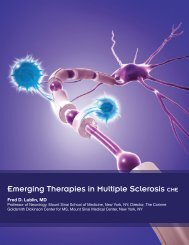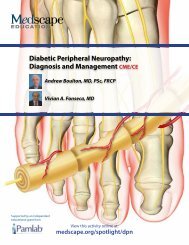The Pathophysiology of Irritable Bowel SyndromeCME - Medscape
The Pathophysiology of Irritable Bowel SyndromeCME - Medscape
The Pathophysiology of Irritable Bowel SyndromeCME - Medscape
You also want an ePaper? Increase the reach of your titles
YUMPU automatically turns print PDFs into web optimized ePapers that Google loves.
<strong>The</strong> <strong>Pathophysiology</strong> <strong>of</strong> <strong>Irritable</strong> <strong>Bowel</strong> Syndrome CMEImportant cellular mechanisms present in the small intestine and colon -- goblet cells, enterocytes, and enteroendocrine cells -- workin unison to change fluid and electrolyte movement through the epithelium. For example, goblet cells produce not only mucins,but also secrete guanylin, and uroguanylin which activate the guanylate cyclase C receptor to induce chloride secretion from theenterocytes. Similarly, enteroendocrine cells produce transmitters, such as 5-hydroxytryptamine, which then stimulate either thesubmucosal neuron to evoke secretion, or directly stimulate the enterocytes to produce chloride secretion and thereby drag waterand sodium into the lumen.Different mechanisms may be involved in the pathophysiology <strong>of</strong> IBS, but more importantly, perhaps, is that these mechanismsprovide a means to treat IBS-C. For example, drugs that activate the chloride channel directly, and drugs that bind to theguanylate cyclase C receptor to induce chloride secretion, help to manage constipation in IBS-C.Rectal hypersensitivity had previously been thought to be associated with IBS, but it is now apparent that not all patients withIBS have evidence <strong>of</strong> hypersensitivity <strong>of</strong> the rectum or the intestines. IBS is not all about sensation, and we need to consider othermechanisms for IBS.Slide 9.One <strong>of</strong> those mechanisms is a change in the barrier function in the small intestine and in the colon, which we term mucosalpermeability. [4] Increased permeability with alteration <strong>of</strong> the expression <strong>of</strong> the tight junction proteins may occur as the result <strong>of</strong>prior gastroenteritis, atopy, or food intolerance. <strong>The</strong>se may occur, for example, with gluten intake or ingestion <strong>of</strong> fermentableoligosaccharides, disaccharides, monosaccharides and polyols (FODMAPs), the sugar entities that alter barrier function <strong>of</strong> theintestine. Stress also is known to make the mucosa leaky (more permeable) and allow antigens or other chemicals in the lumenaccess to the surface epithelial cells and to nerve cells below that level. Typically, changes in permeability results in IBS-D, withfluid secretion or activation <strong>of</strong> those sensory mechanisms that ultimately become expressed as pain.Pg.10


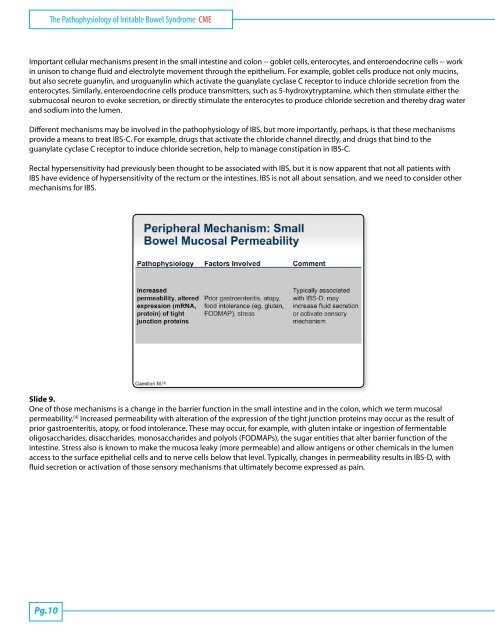
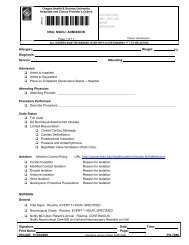



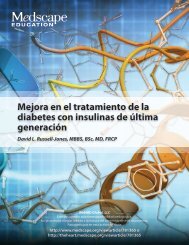
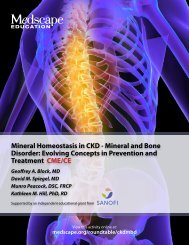

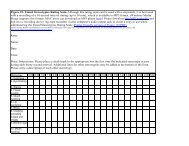
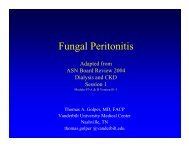
![NIH STROKE SCALE Interval: 1[ ] Baseline 2[ ] 2 hours ... - Medscape](https://img.yumpu.com/43645244/1/190x245/nih-stroke-scale-interval-1-baseline-2-2-hours-medscape.jpg?quality=85)
